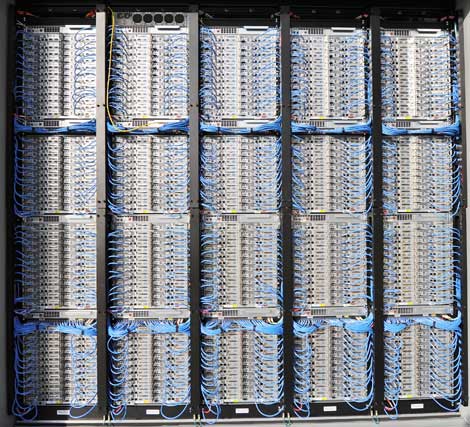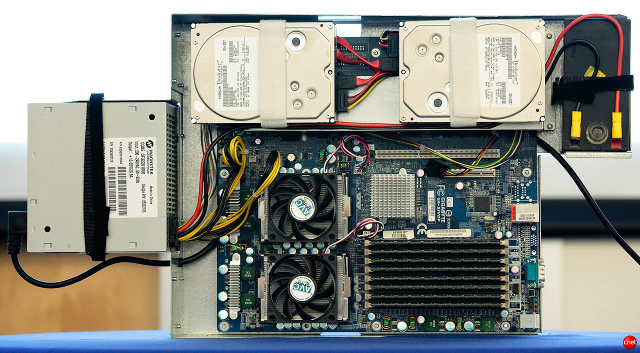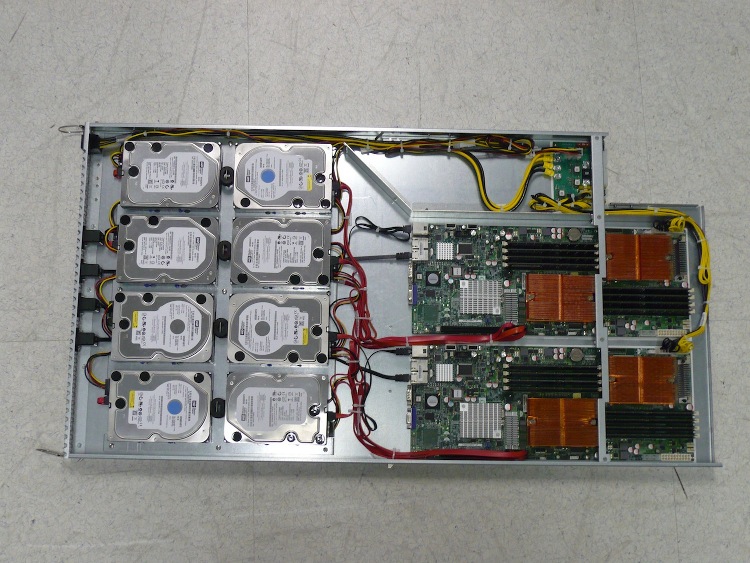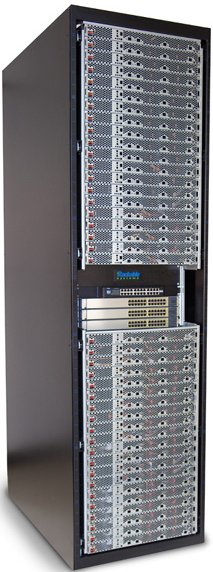So obviously the big news of the day is Microsoft buying Nokia’s handset division for a big chunk of change. Both seem to be spinning it as a good thing, a logical next step in their partnership. For Nokia it probably is a good thing as it gives them an exit strategy from that business which hasn’t been doing so hot. For Microsoft the deal is less attractive with investors obviously agreeing sending their stock down ~5% on the day.
Some folks are saying a big reason for this was perhaps Nokia’s patents, which Microsoft apparently gets a ten year license to, they don’t acquire them outright (I can only wonder what that would of done for their war on Android), many folks speculate that the CEO of Nokia may be the successor to Ballmer who recently announced his retirement.
I’m going to go out on a limb here as I have nothing to lose and say this is because Nokia was seriously looking at throwing in the towel on the Windows Phone platform.
I think that because there really was no reason for Microsoft to buy Nokia (YET). Nokia was doing Microsoft’s bidding, taking all the risk and reaping none of the rewards. They were sacrificing themselves slowly on the sword of Microsoft, and the investors were getting upset. I fully believe(d) that they would be acquired by Microsoft but not until the viability of Nokia was called into question or perhaps if Nokia was going to give up. I suppose the optimistic point of view would be Windows Phone is about to catapult and the acquisition cost is cheap relative to where it would be in the future. I’m not an optimist like that though! Microsoft obviously has a ton of money and has a strong track record of paying a large premium for companies. So I don’t think value played a key role here.
More commentary from someone on CNBC this morning asked why didn’t Ballmer leave an acquisition of this magnitude to his successor(this being at least the 2nd largest in the company’s history) – someone who will be driving the future of the company. Though if Ballmer seriously things this Elop fella is the one to take the reigns, I think that would probably be a mistake – with Elop’s recent track record of basically burning the company to the ground to make a bet on a new platform. Microsoft has a ton of businesses, and they need to not burn them to the ground in an effort to chase after the next shiny. Elop sounds like a great leader for devices. I don’t know who would make a good MS CEO. That’s not an area I try to claim any level of expertise to!
So I think Nokia was at least talking seriously about a major shift in strategy internally — perhaps just calling Microsoft’s bluff – in order to get Microsoft to finally move and acquire them while their share price is where it’s at now.
In the end it doesn’t matter to me of course, I’m not an investor regardless, I’m not vested for or against the platform. I do admire Microsoft a bit for not giving up though. They have had some major adoption issues with their new platform forcing Nokia to make major price cuts. They’ve also been able to capitalize on the chaos at Blackberry and wrestle the #3 spot from them. Though globally that #3 spot as it stands today, is still a rounding error in the grand scheme of things.
I just hope for the sake of their users they don’t do to Windows Phone 8 what they did to 7, and 6.x, and perhaps prior versions in basically abandoning them and making the newer versions completely incompatible. Windows on desktops has been able to sustain such a large presence in a big part due to such massive amounts of compatibility. I’m honestly still shocked I can run a game that came out in 1995 on a modern 64-bit Windows 7 system without any modifications. To even propose such an idea for the Linux platform just makes me laugh, or cry, or maybe a little bit of both.



